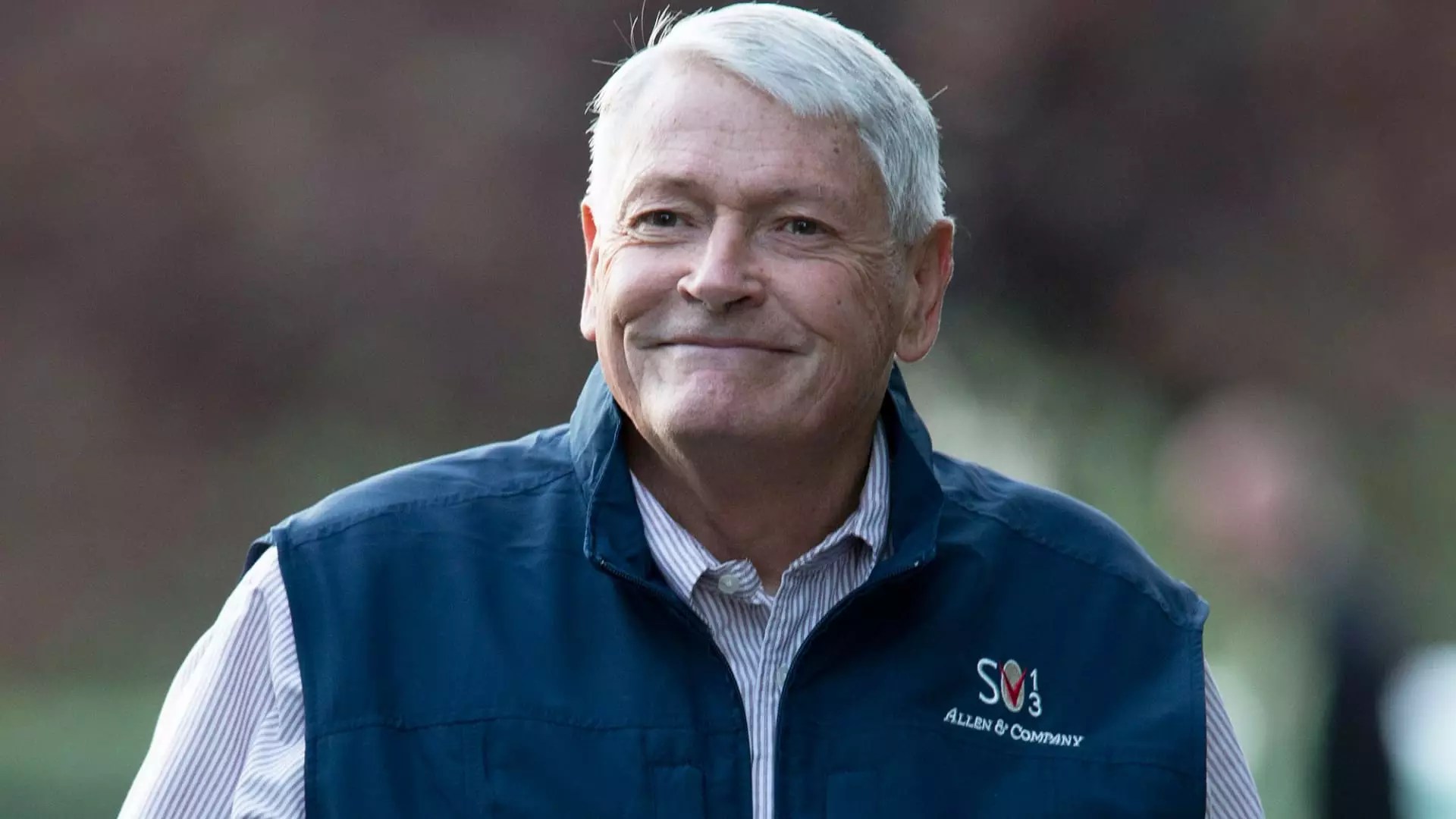In a significant move that reshapes its corporate landscape, Liberty Media announced a strategic spin-off, transferring most of its assets—except for its Formula One racing division—into a new publicly traded entity named Liberty Live. This development comes amid the resignation of CEO Greg Maffei at the end of the year, leading to the temporary appointment of John Malone, the company’s chairman, as interim CEO. As Liberty prepares for its investor day in Manhattan, analysts and market watchers are gearing up to dissect the implications of this decisive restructuring.
Liberty Media’s decision to carve out Liberty Live is seen as a methodical effort to streamline its portfolio and enhance shareholder value. The fragmented nature of the conglomerate, which clutches a diverse range of assets, necessitated a more focused approach. According to Chris Marangi, Co-CIO of Gabelli Funds, Malone’s actions exemplify a conscious effort to clarify and elevate the value of the company’s holdings. “He has accelerated the surfacing and simplification of value,” Marangi states, pinpointing the notion that Liberty has arrived at a pivotal juncture in its evolution over the past two decades.
With this spin-off, Liberty Media is set to retain prominent assets, including its acquisition of Formula One in 2016. Complementing this core acquisition, the new Liberty Live will house substantial stakes in Live Nation Entertainment and other ventures, each aimed at revitalizing investor interest and capitalizing on growth opportunities.
One of the most pressing implications of the spin-off is the potential effect on shareholder value. Maffei articulated that the split will not only simplify the capital structure of Liberty Media but is also designed to reduce the existing discount to the net asset value of Liberty Live stock. This is crucial, as many market participants often penalize companies with complex structures, resulting in diminished liquidity and investor confidence. By delineating its assets more clearly, Liberty aims to enable shareholders to better realize their stakes and enhance the trading dynamics for both entities post-split.
Furthermore, the spin-off promises a more direct correlation between investment and financial performance, giving shareholders a clearer lens through which to assess returns on their investments. Maffei emphasized this by stating that the reorganization allows “more direct ownership in their upside,” reflecting a shift toward transparency and accountability—qualities that could reinvigorate investment attractiveness.
The leadership transition heralded by Maffei’s resignation signifies a historical moment for Liberty Media, as John Malone steps back into the operational spotlight. Known as the “cable cowboy,” Malone’s track record as a pioneering figure in the cable industry, coupled with his adeptness in strategic financial maneuvers, positions him uniquely to steer the company through this metamorphosis. His previous roles in steering Warner Bros. Discovery through its merger also add an instrumental layer to his credentials.
Malone’s reputation as a stealthy dealmaker underscores expectations for potential strategic partnerships and acquisitions that could enhance both Liberty Media and Liberty Live’s market positions. His ambitious past, including the sale of TCI to AT&T for $50 billion, is a testament to his skill in capitalizing on industry trends, which will be pivotal as Malone navigates this transition.
The separation of Liberty Live is anticipated to be finalized in the latter half of 2025, while the sale of Liberty Broadband to Charter Communications is projected for mid-2027. This timeline encapsulates a period where both new entities must strategically position themselves within their respective markets. For Liberty Media, stewarding Formula One and MotoGP presents unique opportunities, particularly as global motorsports continue to gain traction.
As the media landscape evolves, the clarity provided by the spin-off may allow both Liberty Media and Liberty Live to pursue their strategic visions unencumbered by a convoluted corporate structure. Investors and market analysts alike will remain vigilant as these transformations unfold, pondering the future trajectory of the legacy that Malone and Maffei have cultivated over the years. In essence, this restructuring seems poised to redefine the stakes for Liberty Media, potentially marking a new chapter in media conglomeration.


Leave a Reply